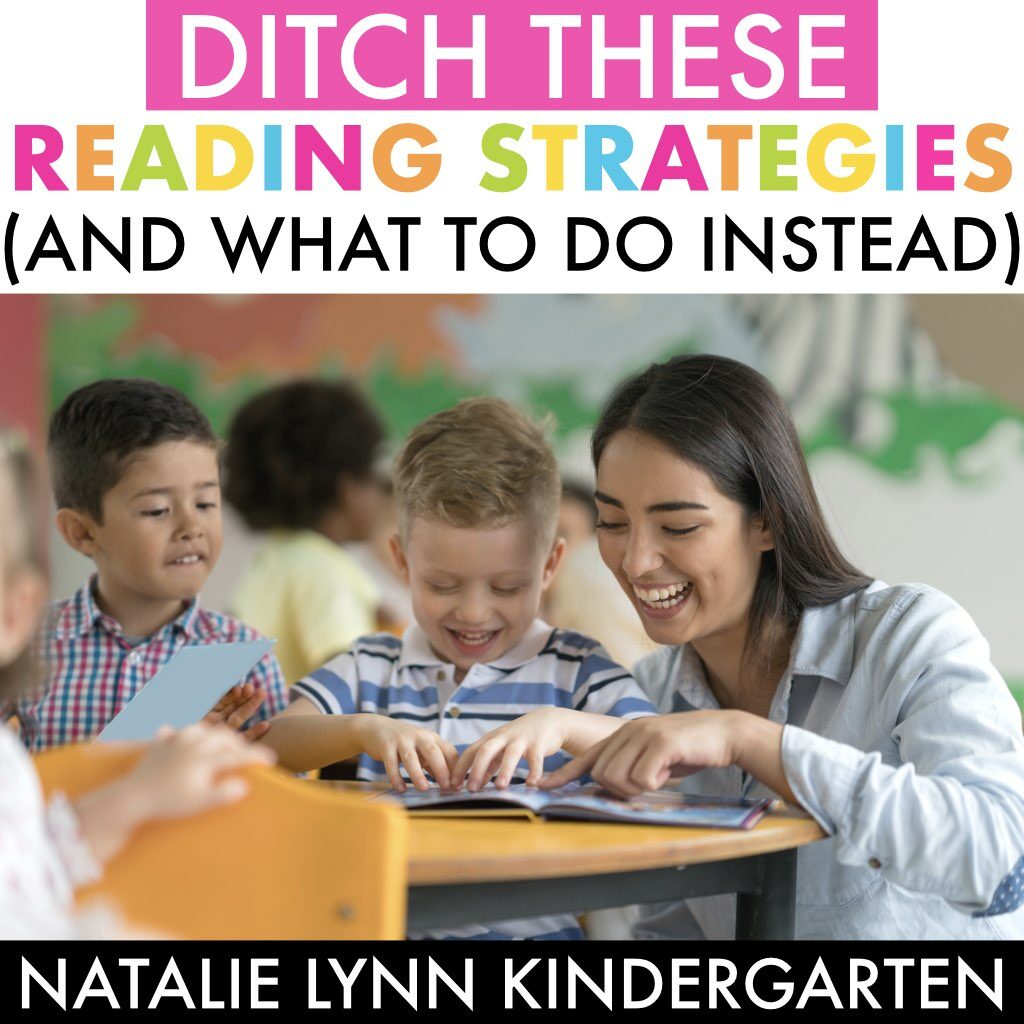
In this blog post: Find out why we are moving away from traditional reading strategies and moving towards decoding strategies (and grab free decoding strategy posters).
Here’s the thing; when I first heard that the reading strategies I was using were not the best (and possibly even harmful) for my students learning how to read? I was in deep denial.
After all, teachers had been using these strategies for years! I had attended multiple professional developments on why and how to use these strategies.
And they worked! At least… I thought they did.
But the more I looked into the Science of Reading and how the brain learns to read, the more I realized that these traditional reading strategies were really, really good at looking more effective than they actually were.
They were kind of like trying to put out a fire with bottles of water. Would it work? Possibly. Is it the most effective way? Probably not.
Which reading strategies should I avoid?
You might already know where i’m going with this, but the reading strategies we need to avoid are the most popular reading strategies often taught with cute animals or fun poems.
You know the ones:
- Get your lips ready
- Say the first sound
- Check the picture
- Skip over the word
- Try a word that makes sense
And I get why these reading strategies are so popular! They seem to work. Our students are “successful” during our guided reading groups using these reading strategies.
So why change a good thing?
Well, let me explain why these reading strategies might not be working as well as you think they are.
Why these strategies don’t work
Essentially, the strategies listed above are guessing strategies. They teach our students to become really, really good at guessing what a word might be. And when they guess correctly? It reinforces guessing again in the future!
For example, look at this Level A book.
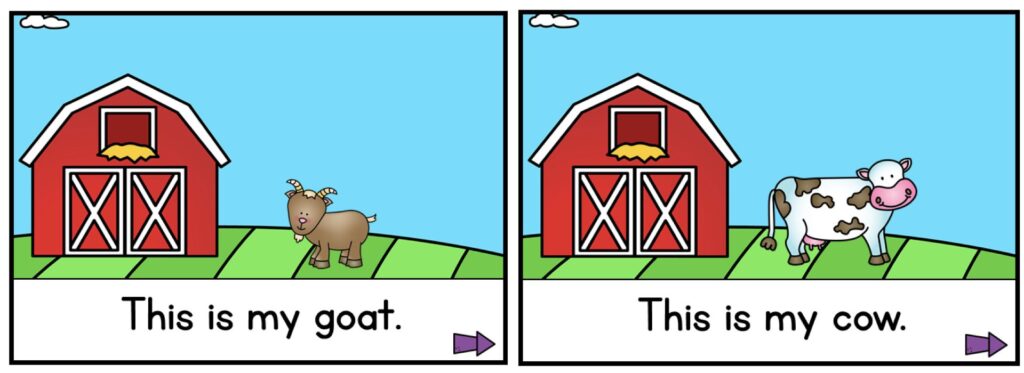
A student reading this book would most likely have memorized the pattern “This is my” because it is on every page. They don’t have to read those words because they know they will repeat over and over again.
Then, when they get to the picture word at the end of the sentence, they can say the first sound and check the picture.
/g/ goat! /c/ cow!
Pretty soon they’re flying through the book and it looks like they’re a successful reader! They’re ready for Level B.
But the problem comes when students are exposed to those same words, or goodness, even the same sentence, in another context.
If the picture isn’t there, they can’t actually read those words. They might even struggle with the same sight words that they just read.
This tells us that our students were mimicking the act of reading, not actually reading the words.
This becomes very obvious as students move up in guided reading levels. As the books begin to become less and less patterned and pictures are used less and less often, students who were successful at levels A-C might suddenly be left floundering.

Now, of course this isn’t true of every student.
Are there some students who can learn to read using these strategies? Yes. But these are your students will learn to read with almost any direct instruction.
The problem is, a good portion of your students can’t learn to read this way. And the more we try to use these strategies to intervene, the farther behind they will fall.
So what’s the solution? Using strategies that will work for every student!
BUT, there’s a catch.
A catch?
Here’s the catch – if you are using traditional guided reading with leveled books, you HAVE to use the reading strategies listed above for your students to be successful.
There really is no other way.
Look at this level A book below:
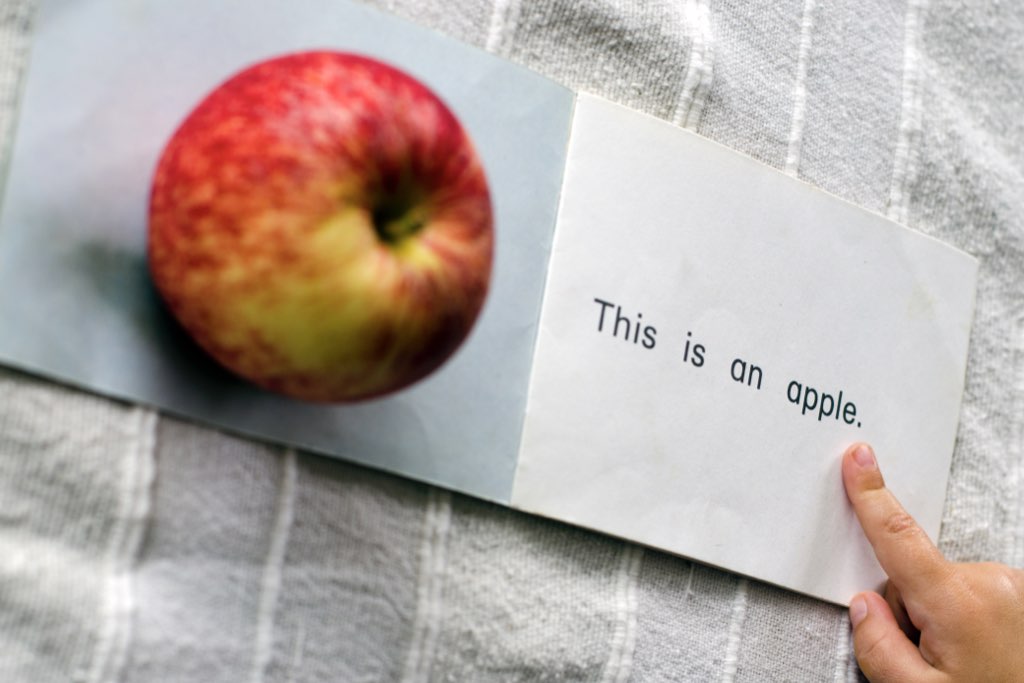
Even if my student knows all of the high frequency words and all of their letter sounds, they still haven’t been taught complex phonics patterns like vowel teams, diphthongs, or even digraphs.
For this page, a student would need to be able to break apart a multi-syllable word and know the job of silent e in Cle syllables. I don’t know about you, but we usually aren’t teaching that in Kindergarten!
So what else can a student do but say the first sound and check the picture?
One reason that teachers often get frustrated when they try to ditch these traditional reading strategies is that they ditch them but don’t make any other changes.
Unfortunately, that’s a direct recipe for frustration.
Students can’t be successful in traditional guided reading without these guessing strategies.
So what changes do we need to make first?
changes to make first
If you want to move away from traditional reading strategies that promote guessing, there are some changes you will need to make instead.
Change #1: Change how you assess and group your students
In traditional guided reading groups, we would assess our students using a leveled text and monitor what strategies they are using to help themselves. Then, we would group our students based on guided reading level.
Instead, assess your students using a phonics assessment (I have a free phonics placement assessment here).
This assessment should look at decoding, fluency, and encoding within each specific phonics skill.
Then, you will group your students based on what phonics skills they’ve mastered, what skills they need to work on, and where they are within that skill – are they at the beginning, have some knowledge but are still working on applying it, are able to decode but not encode, etc?
Change #2: Swap your leveled books for decodable readers
Now that you’ve grouped your students by what phonics skill they need to work on, swap your leveled books for decodable readers that target those specific skills.
That means, if your students are working on short vowels, you choose a decodable reader specifically written to work on CVC words with short vowels.
There is another catch, though (of course).
You need to make sure that the decodable readers you choose follow the same phonics scope and sequence you do.
Otherwise, your students will still be asked to read words with phonics patterns they can’t decode – which will lead to guessing.
If you don’t have a phonics scope and sequence, create one that follows the same sequence as the decodable readers you choose.
Change #3: Change your teaching points
In traditional guided reading, your teaching points are often the reading strategies we talked about earlier. Check the picture… check the first sound…
Now that you’ve grouped your students by the skills they need to work on and found a decodable text that focuses on that skill, your teaching point is going to be… that specific phonics skill.
It might be an introduction to that phonics skill, practice decoding or encoding words with that skill, or phonemic awareness practice such as segmenting, blending, or creating word chains.
Your teaching point might also be specific decoding strategies students can use when they are reading. Which brings me to my next point…
What reading strategies actually work?
While we should avoid traditional reading strategies, we absolutely do need to teach students strategies for when they come to a word and struggle. So what do we teaching instead?
The answer is: decoding strategies!

How are decoding strategies different from reading strategies?
Decoding strategies ask a child to focus on the words, nothing else. They give students reminders for how to attack a word using the phonemic awareness skills they’ve already been taught.
Here are some decoding strategies you might use:
- Start at the left side of the word
- Point and say each sound
- Blend those sounds together
- Find the vowel. Is it long or short?
- Chop the word into syllables
- Separate the base word from its prefixes or suffixes
- Reread the word. Reread the sentence. Does it make sense?
It’s important to note that that last strategy “Reread” should only be used at the end, once a student has used another strategy and they have successfully read the word.
Can you tell the difference between these decoding strategies and the reading strategies from before?
The decoding strategies listed above can be done with text both with and without pictures. They ask a student to truly look at the words, rather than rely on context clues around them.
Whether you realize it or not, as a fluent reader, these are the same strategies that your brain uses every single day when it comes to unfamiliar words! It is just automatic to you now.
Free decoding strategy posters
If you’re just getting started swapping your reading strategies for decoding strategies, I have a freebie you’re going to love!
These free decoding strategy posters and bookmarks can be used during your small reading groups or mini lessons. These posters are from my Science of Reading Guided Curriculum and feature many of the same decoding strategies listed above.
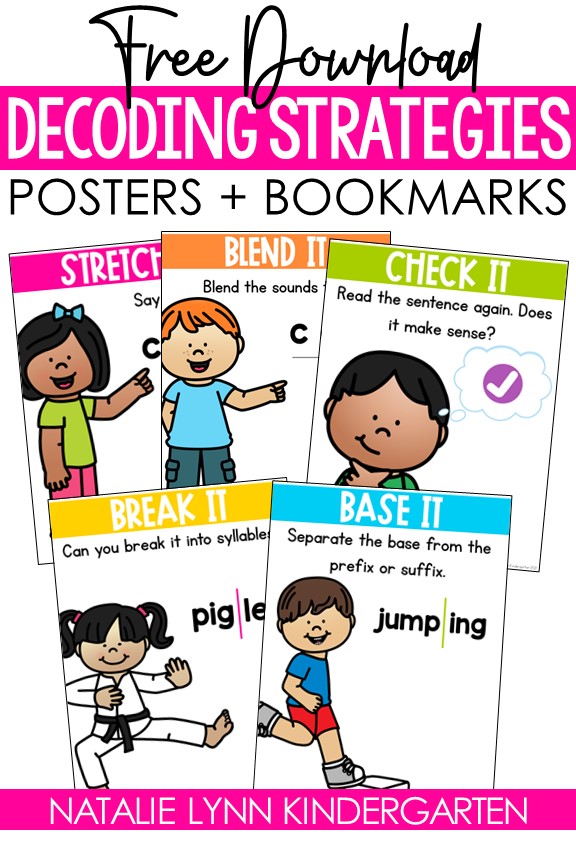
GRAB THE FREE DECODING STRATEGY POSTERS HERE!
Missing the “Beanie Baby strategies”?
No worries! I had a teacher request animal versions of these decoding strategies, and you know I had to make it happen.
Just a note: You will NOT want to use all of these posters. I added multiple of some choices so you could use the animal you like best. Choose the posters you think will work for your class!

GRAB THE FREE ANIMAL DECODING STRATEGIES HERE!
Still have questions about reading strategies or changes to make in your small groups? Let me know down below or send me an email and let’s chat.


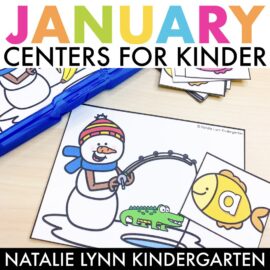

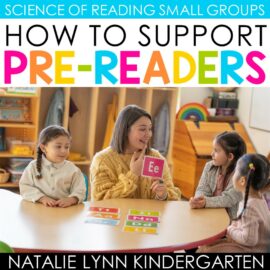


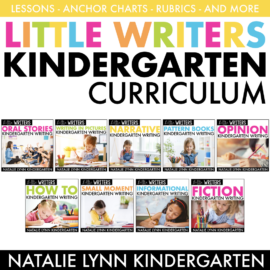
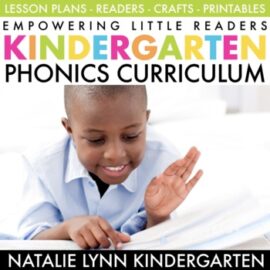
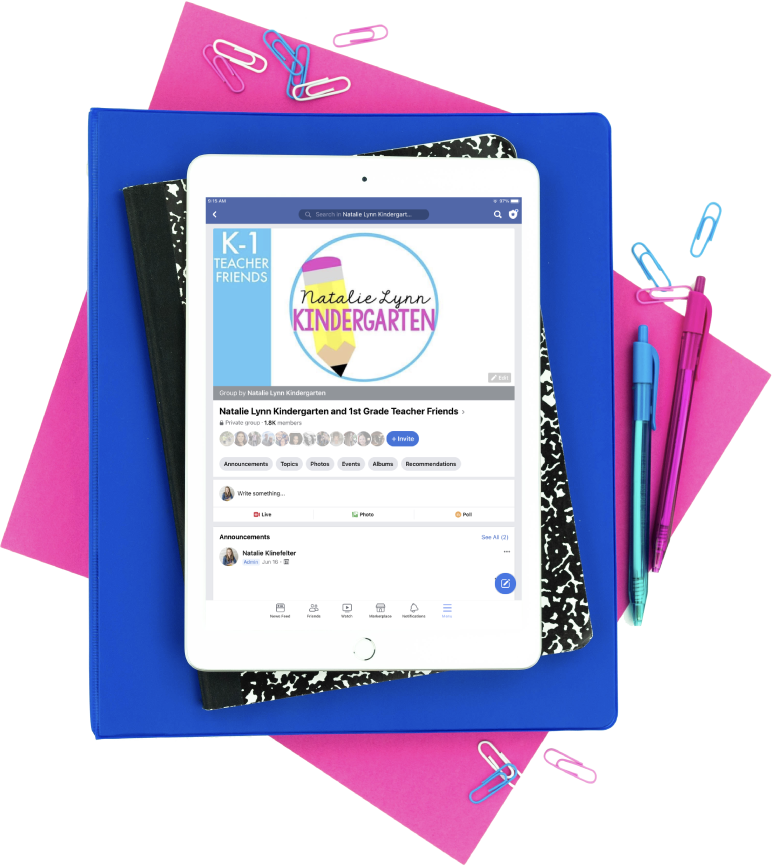

I’ve already quit using the guessing strategies and totally jumped on the SOR bandwagon, but just wanted to say, I love how you explained why to change how we teach students to read and the examples you used! I hope more teachers join the Science of Reading movement.
Thank you so much, Melanie!
Thank you for this post. You have explained making the transition in a perfect way. This can be so difficult when we were trained for so many years to use the reading strategies that promoted guessing. After 28 years of teaching I am excited to use the science of reading decodable strategies. For those missing the “beanie baby” connection, your posters really hit the mark. Thank you for sharing.
Thank you for all the amazing resources with the switch to SOR. I want to use the ANIMAL DECODING STRATEGIES with my students. The images says that there is a bookmark with the strategy posters, but I am not seeing it. Could you please send me the bookmark to go along with the animal decoding strategies. Thanks so much!
Hi! That was a mistake. There are only bookmarks for the plain posters, not the animal posters.
Hi! Thank you so much for your free resources! Is there another way to access the animal decoding posters? When I download to print, only the first 3 are printing and an error code for the rest. Any advice? Thank you!
Hi! That can happen if you’re not opening in Adobe reader, especially if you try printing from your internet browser. I suggest saving it your computer and then trying to print it from Adobe reader. If that doesn’t work, send me an email at [email protected].
Thank you for the animal decoding strategies posters but I am having trouble printing the Blending Bear. The rest of the posters printed. The bear is the only one that is not printing and I would really like to have the bear as well. Thank you.
Hi! That can happen if you’re not opening in Adobe reader, especially if you try printing from your internet browser. I suggest saving it your computer and then trying to print it from Adobe reader. If that doesn’t work, send me an email at [email protected].